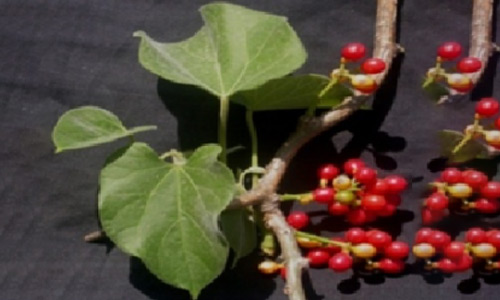We value your privacy
We use cookies to enhance your browsing experience, serve personalized ads or content, and analyze our traffic. By clicking "Accept All", you consent to our use of cookies.
We use cookies to help you navigate efficiently and perform certain functions. You will find detailed information about all cookies under each consent category below.
The cookies that are categorized as "Necessary" are stored on your browser as they are essential for enabling the basic functionalities of the site. ...
Necessary cookies are required to enable the basic features of this site, such as providing secure log-in or adjusting your consent preferences. These cookies do not store any personally identifiable data.
No cookies to display.
Functional cookies help perform certain functionalities like sharing the content of the website on social media platforms, collecting feedback, and other third-party features.
No cookies to display.
Analytical cookies are used to understand how visitors interact with the website. These cookies help provide information on metrics such as the number of visitors, bounce rate, traffic source, etc.
No cookies to display.
Performance cookies are used to understand and analyze the key performance indexes of the website which helps in delivering a better user experience for the visitors.
No cookies to display.
Advertisement cookies are used to provide visitors with customized advertisements based on the pages you visited previously and to analyze the effectiveness of the ad campaigns.
No cookies to display.
|
Division
|
Angiosperms |
|
Class
|
Dicotledons |
|
Subclass |
Polypetalae |
|
Series |
Thalamiflorae |
|
Order |
Ranales |
|
Family
|
Menispermaceae |
|
Genus
|
Tinospora |
|
Species
|
cordifolia |

|
Etymology:
|
Greek word Tino, to avenge and spora, seed. |
|
Botanical name:
|
Tinospora cordifolia (Willd.) Hk.f. & Th. (T.glabra (Burm.f) Merr.) |
|
Local/Trade Names: |
Giloh |
|
Conservation status: |
Commonly planted. |
|
Digonestic features: |
Stem shining lenticillate. |
|
Description: |
A large climber. Stem shining lenticillate. Bark light-coloured, peppery. Leaves 10-20 cm long, broadly ovate or orbicular, deeply cordate, pubescent. Flowers greenish – yellow, usually from the old wood. Fruit a drupe, 1-3, ovoid, crimson, endocarp tubercled. |
|
Phenology: |
Fls.: May-June. Frts.: July-Aug. |
|
Distribution: |
Foot hills of Himalaya. |
|
Where to see it: |
Nursery. |
|
Uses: |
Stem is a constituent of several Ayurvedic preparations used in general debility, dyspepsia, fevers, and urinary diseases; dry twigs with bark intact, constitute the drug. Bitter principles present in the drug show antispasmodic, antipyretic, and anti-inflammatory properties. The drug possess one-fifth of the analgesic effect of sodium salicylate. A kind of starch called Giloe-ka-sat, prepared from aqueous extract of dry stems, is used as a tonic. Experiments conducted on rabbits indicate that aqueous and alcoholic extracts caused reduction in fasting blood sugar, and glucose tolerance was increased, but a deterioration in tolerance occurred after a month’s treatment. It has been suggested that the action of the drug is due to its effect on the endogenous insulin secretion, glucose uptake, and inhibition of peripheral glucose release. Leaves are rich in protein, calcium and phosphorus, and may be used for visceral obstruction; its watery extract is used in leprosy. Pulverized fruit is uded as tonic and also for jaundice and rheumatism. |
Chief Conservator of Forests & Chief Wildlife Warden is the Head of the Department. There is one post of Conservator of Forests & two posts of Deputy Conservator of Forests viz.